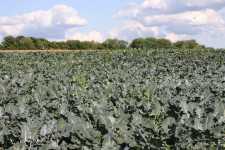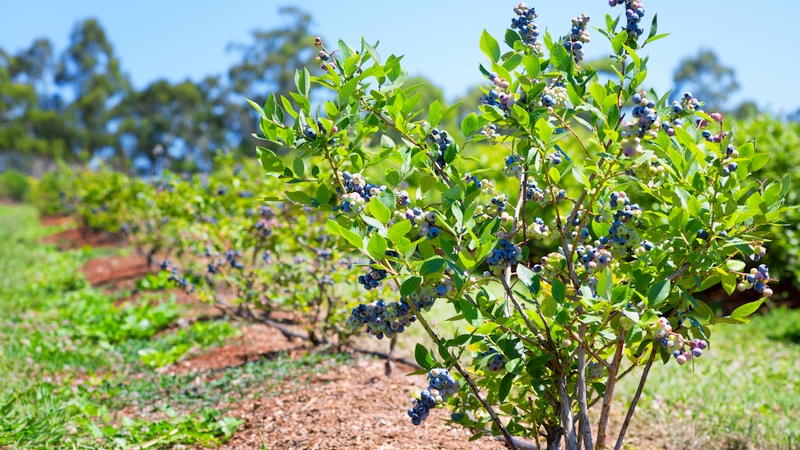Adaptable Varieties

About a year ago, a Cornell-University-led team consisting of seven universities and 11 companies set their sights on developing a $100 million broccoli corridor from Florida to Maine within five to 10 years. Although 90% of broccoli sold in the East is currently grown in California and Mexico, the developers are confident that the $3.2 million grant in combination with the $1.7 million given by contributions from participating companies will be enough to find success in this untouched market.
The grant, given by USDA, was spurred mainly by an increased consumption of broccoli and a growing demand for locally grown produce.
Thomas Bjorkman, associate professor of Cornell University’s horticulture group says, however, that there needs to be a careful balance of the three aspects of the project, namely the grower base, the distribution network, and the market. “The image of broccoli is a healthy one,” explains Bjorkman, “People talk about an apple a day, but broccoli comes up pretty quick as a symbol of healthy food.” This image has appealed to a more health conscious nation, he says, nearly doubling the amount of the vegetable consumed in the last 25 years.
Dealing With Distortion
The challenge facing the group is that during the warm and humid season in the East, the vegetable runs a high risk of developing with distorted heads. Breeder Mark Farnham of USDA, however, has been working on that issue for the past 20 years.
“Improvement of broccoli shape and quality appearance observed in trials where temperature conditions are much higher than is optimal for broccoli — such as the summer in South Carolina — occurred in increments through many cycles of breeding and selection,” he says. The broccoli hybrids developed for East Coast production are crown cut, featuring single heads that are about 4 inches in diameter, he adds.
With the patience needed for such a long-term project, the team remains confident. “Farnham has been able to grow good-looking broccoli in the middle of the summer in Charleston, SC. [That’s] a huge feat,” says Bjorkman. “Once this is a normal product to buy from the East, other products can come out of it,” Bjorkman continues, referring to the processed and frozen markets. Consumers in the U.S. currently eat 800 million pounds of broccoli a year. The pitch for the project stated that if only 10% of those pounds were an East Coast grown product, the $100 million goal for the market would be easily achievable.
As far as what will be available and when, Farnham anticipates that new hybrids adapted to East Coast environments will be tested in upcoming trials and could be sold by suppliers in the next two to three years.
“We haven’t seen any reason why it’s less likely now than it was in the beginning of the project,” Bjorkman adds. “If the quality is there, we know the demand is there.”
At the conclusion of the first year of the project, Farnham says that some growers who never grew broccoli in the past are now experimenting with the crop, and others who have been producing the vegetable are increasing acreage. As far as a frozen market is concerned, however, Bjorkman feels that Mexico has that “locked-up for now.”
Farnham is quick to point out that the program’s success is not something that happened over night. “We are some distance away from being able to commercialize this material,” he explains. “With USDA, we are not in the business of selling or competing, so in order to commercialize, we require a partnership with the industry. The material we have for commercialization will be able to be looked at more closely by industry professionals. They have the infrastructure to grow on a larger scale, hopefully then if they deem the material useful and usable, they will facilitate the partnership.”









